Electronic chemical materials are substances used in the production of electronic devices, such as smartphones, laptops, and televisions. These materials can be conductors, insulators, or semi-conductors and play a crucial role in the performance and functionality of electronic devices. Electronic chemical materials are used in the manufacturing of various components of electronic devices, such as integrated circuits, displays, and batteries. The demand for electronic devices is constantly growing, driving the need for more advanced and efficient electronic chemical materials. This field is rapidly evolving, and new materials and technologies are being developed to meet the increasing demand for better performance, reliability, and sustainability in electronic devices.
-
 Strontium chloride hexahydrate CAS10025-70-4For magnetic materials additives, pharmaceutical industry, daily chemical, strontium salt preparation of raw materials
Strontium chloride hexahydrate CAS10025-70-4For magnetic materials additives, pharmaceutical industry, daily chemical, strontium salt preparation of raw materials -
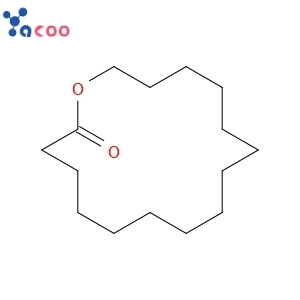 Cyclopentadecanolide CAS106-02-5Used in perfume, shampoo and cosmetics, can also be used for wine, cigarette and toothpaste was in essence, food with spices.
Cyclopentadecanolide CAS106-02-5Used in perfume, shampoo and cosmetics, can also be used for wine, cigarette and toothpaste was in essence, food with spices. -
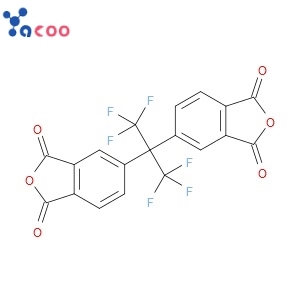 4,4'-(Hexafluoroisopropylidene)diphthalic anhydride CAS1107-00-2Polymer electronic materials
4,4'-(Hexafluoroisopropylidene)diphthalic anhydride CAS1107-00-2Polymer electronic materials -
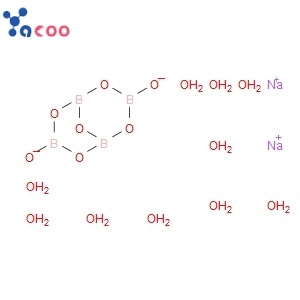 Sodium tetraborate decahydrate CAS1303-96-4Boron compounds used as the basic raw material, also used in glass, enamel, welding non-ferrous metals, fertilizers, such as atomic energy industry and the tube.
Sodium tetraborate decahydrate CAS1303-96-4Boron compounds used as the basic raw material, also used in glass, enamel, welding non-ferrous metals, fertilizers, such as atomic energy industry and the tube. -
 Tris(pentafluoroethyl)amine CAS359-70-6In the aerospace, electronics, electric power industry is used as electrical insulating oil, thermal conductivity, dielectric fluid coolant, precision instrument, lotion, etc
Tris(pentafluoroethyl)amine CAS359-70-6In the aerospace, electronics, electric power industry is used as electrical insulating oil, thermal conductivity, dielectric fluid coolant, precision instrument, lotion, etc -
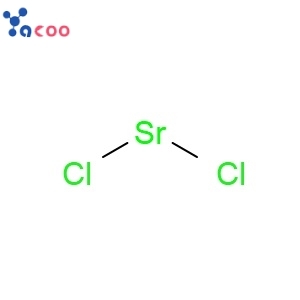 Strontium chloride CAS10476-85-4Can be used for magnetic materials, electronic ceramics, toothpaste additives, pigments, pharmaceutical industry, strontium salt preparation and electronic products.
Strontium chloride CAS10476-85-4Can be used for magnetic materials, electronic ceramics, toothpaste additives, pigments, pharmaceutical industry, strontium salt preparation and electronic products. -
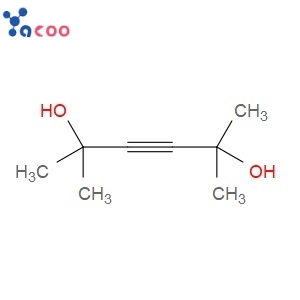 2,5-DIMETHYL-3-HEXYNE-2,5-DIOL CAS142-30-3Used as electroplating industrial brightening agent and spices, herbicide, pesticide raw materials
2,5-DIMETHYL-3-HEXYNE-2,5-DIOL CAS142-30-3Used as electroplating industrial brightening agent and spices, herbicide, pesticide raw materials -
 METHOXYTRIMETHYLSILANE CAS1825-61-2Materials Science, Micro/NanoElectronics, Mono-Alkoxy Silanes, Self Assembly & Contact Printing, Self-Assembly Materials
METHOXYTRIMETHYLSILANE CAS1825-61-2Materials Science, Micro/NanoElectronics, Mono-Alkoxy Silanes, Self Assembly & Contact Printing, Self-Assembly Materials -
 (-)-FENCHONE CAS7787-20-4GB 2760-1996 rules for temporary permits the use of food with spices. Mainly used for dispensing raspberry, cherry, grape, tropical fruit and other fruit essence.
(-)-FENCHONE CAS7787-20-4GB 2760-1996 rules for temporary permits the use of food with spices. Mainly used for dispensing raspberry, cherry, grape, tropical fruit and other fruit essence. -
 2,4-DIHYDROXYBENZOPHENONE CAS131-56-6Used as a UV absorber, 2- hydroxy -4- methoxy two benzophenone derivative by the product (UV-9), 2- hydroxy -4- octyloxy two benzophenone (UV-531) two benzophenone compounds, and other single hydroxyl, hydroxyl, hydroxyl, three dual four hydroxyl groups is the most widely used absorption light stabilizer. Can absorb ultraviolet 290-400 nm, and the majority of synthetic resin has good compatibility, is widely used in polymer materials. 2, 4- two hydroxy two benzophenone for polyvinyl chloride, polystyrene, epoxy resin, unsaturated polyester resin, fiber, coatings and synthetic rubber. The maximum absorption wavelength range of 280-340 nm, the general amount of 0.1-1%. But the light effect on the stability of the product is not obvious. The product of the rat oral LD50 8600 mg / kg, 2336 mg / kg in mice.
2,4-DIHYDROXYBENZOPHENONE CAS131-56-6Used as a UV absorber, 2- hydroxy -4- methoxy two benzophenone derivative by the product (UV-9), 2- hydroxy -4- octyloxy two benzophenone (UV-531) two benzophenone compounds, and other single hydroxyl, hydroxyl, hydroxyl, three dual four hydroxyl groups is the most widely used absorption light stabilizer. Can absorb ultraviolet 290-400 nm, and the majority of synthetic resin has good compatibility, is widely used in polymer materials. 2, 4- two hydroxy two benzophenone for polyvinyl chloride, polystyrene, epoxy resin, unsaturated polyester resin, fiber, coatings and synthetic rubber. The maximum absorption wavelength range of 280-340 nm, the general amount of 0.1-1%. But the light effect on the stability of the product is not obvious. The product of the rat oral LD50 8600 mg / kg, 2336 mg / kg in mice.
 86-15062454963
86-15062454963 sales@yacoo.com.cn
sales@yacoo.com.cn











